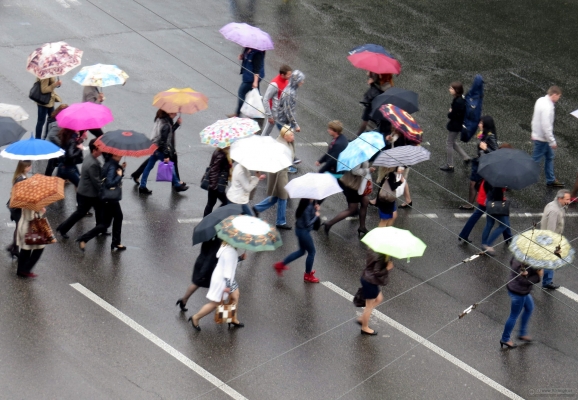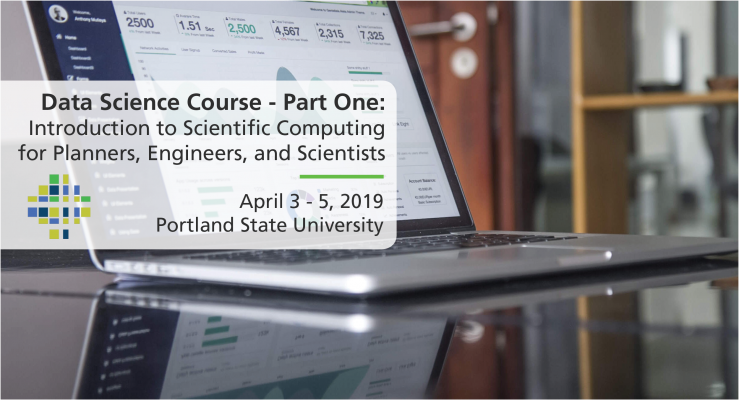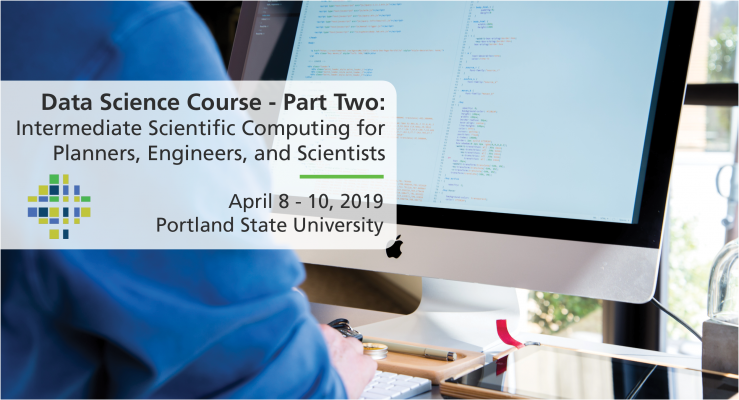The video begins at 3:12.
View slides
Summary: Real-world traffic trends observed in PORTAL and INRIX traffic data are used to expand the performance measures that can be obtained from Portland Metro's travel demand model to include the number of hours of congestion that can be expected during a typical weekday and travel time reliability measures for congested freeway corridors.
Bio: Michael Mauch, a senior data analyst and project manager with DKS Associates, has over 20 years of experience in transportation data analysis, applications programming, mathematical model building and transportation demand forecasting. Over the years, Mike has been project manager and has led the technical analyses for numerous large transportation data collection and data analysis projects including BRT and rail transit studies, CIP updates, transportation corridor studies, trip and parking generation studies, corridor capacity analysis, General and Master Plan Updates, incident management cost effectiveness analysis and numerous EIRs. In addition to working with DKS, Mike currently holds a variable-time position as a Research Engineer with UC Berkeley’s Institute of Transportation Studies. He has taught “Traffic Flow Theory”, “Transit Operations”, and “Computer Programming & Numerical...
Read more


